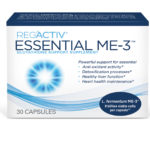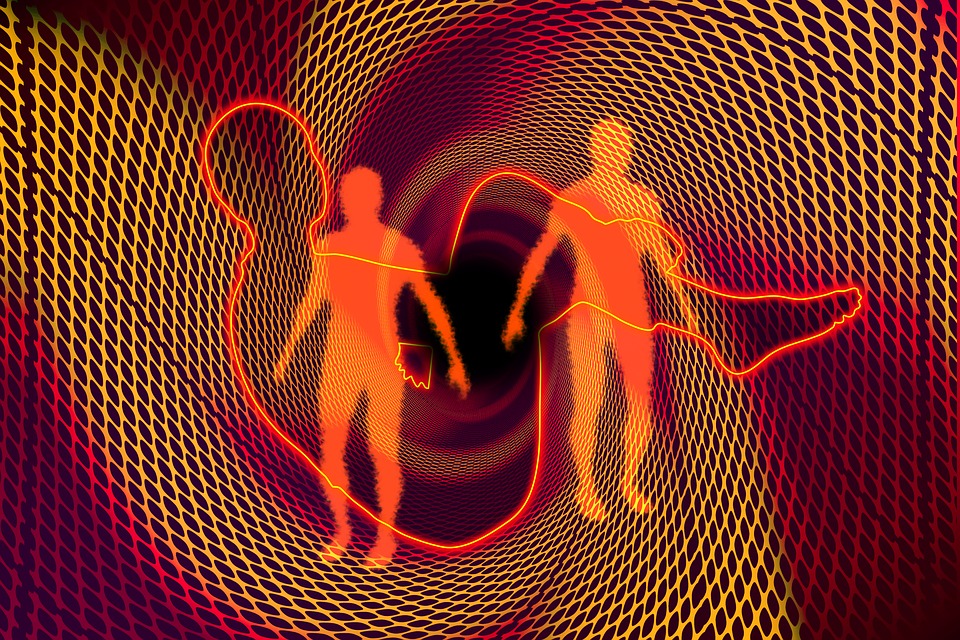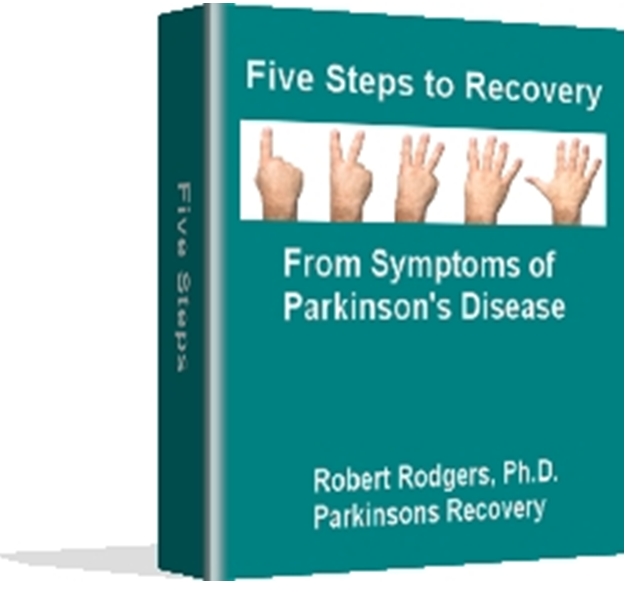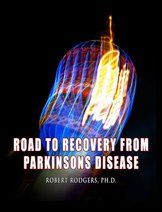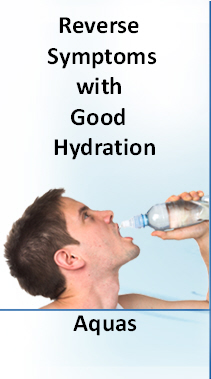Most people with Parkinson’s symptoms have a serious glutathione deficiency. Nasal sprays have been helpful to some people. Intravenous infusions have helped others. A new discovery reveals that glutathione can be made in the gut with the help of an enzyme called Lactobacillus fermentum ME-3.The Probiotic ME-3 Makes Glutathione in Your Gut
Natural Pharmacist Ross Pelton discussed the critical role of Glutathione for people who experience Parkinson’s symptoms during a recent radio show interview. The ME-3 new product development he discussed is previewed below.
Probiotic Research
Probiotic research is fast transforming our understanding of human health. Probiotics in general are invaluable for maintaining good health. We’re also learning we need certain strains that produce highly specified health benefits.
One of these strains is Lactobacillus fermentum ME-3. The startling  probiotic breakthrough of ME-3 began in 1995. That’s when award-winning microbiologist Marika Mikelsaar, MD, PhD and her team of research scientists isolated the probiotic strain called Lactobacillus fermentum ME-3. This unique strain is able to produce the super antioxidant glutathione. Since then, Dr. Mikelsaar has dedicated herself to researching the numerous benefits of how the revolutionary probiotic ME3 makes glutathione in your gut.
probiotic breakthrough of ME-3 began in 1995. That’s when award-winning microbiologist Marika Mikelsaar, MD, PhD and her team of research scientists isolated the probiotic strain called Lactobacillus fermentum ME-3. This unique strain is able to produce the super antioxidant glutathione. Since then, Dr. Mikelsaar has dedicated herself to researching the numerous benefits of how the revolutionary probiotic ME3 makes glutathione in your gut.
What’s so Important about Glutathione?
Perhaps you’ve heard of glutathione. Every cell in the human body uses glutathione to maintain cellular health. Scientists call it the “Master Antioxidant” and it’s absolutely vital to:
- Maintain a healthy immune system
- Support the health of cardiovascular tissue
- Promote healthy liver function
You need healthy glutathione levels. Research indicates that it breaks down during digestion. That’s where ME-3 comes in. You supplement with the ME-3 probiotic which produces the glutathione levels needed for optimal health. It’s a new paradigm.
The body makes the glutathione. It passes through the blood brain barrier because it is recognized as produced by body rather than injected from an outside source. May you enjoy learning about this discovery as much as I did.
What Is In A Name?
The brand name Reg´Activ® was created from the words “Active Regeneration. This expresses what occurs when the patented probiotic Lactobacillus fermentum ME-3 remarkably produces and recycles Glutathione, the Master Antioxidant resulting in higher levels of active glutathione functioning in the body for a longer period of time.
Cost
Shipping is free to all USA destinations and $15 to all destinations outside the USA. Plus …
When you purchase from Parkinsons Recovery, 100% of the profits help subsidize the many free services that we offer. Help yourself and others by purchasing from Parkinsons Recovery.
One box lasts approximately one month when taking the recommended one capsule a day.
One Month Supply
Free US Shipping
(30 Capsules)
$39.95 USD
![]()
Robert Rodgers PhD
Founder 2004
Parkinsons Recovery
Road to Recovery from Parkinsons Disease
